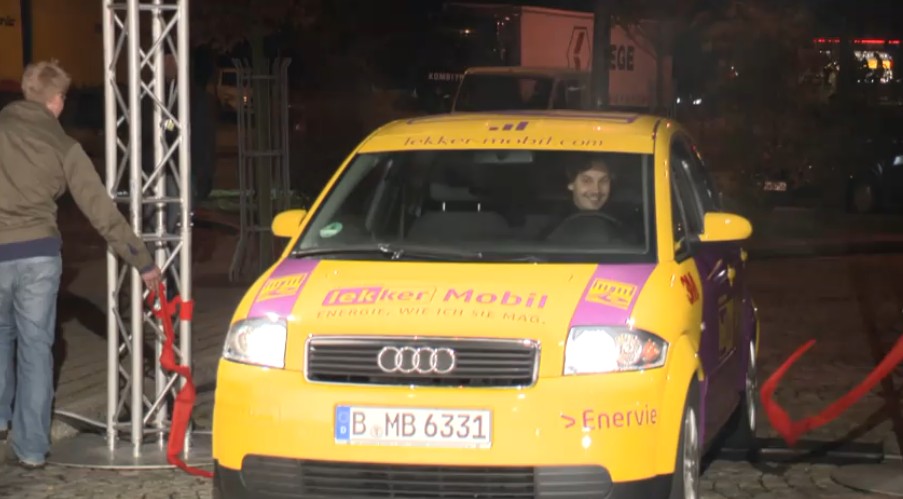Remember the controversial 2010 Audi A2 converted by German battery firm DBM Energy?
The car hit the headlines last year when it apparently travelled 375 miles on a single charge. Powered by the latest battery technology, the car’s creators even claimed a 6 minute recharge time.
But before any official tests were carried out on the car or the battery pack to back up the seemingly outlandish claims, the car was mysteriously destroyed in a warehouse fire.
Luckily, the ‘wonder battery’ - a Kolibri alpha-polymer battery pack was not present in the vehicle during the fire, and has been put through its paces at the hands of Dekra, an independent testing organization which works heavily with the automotive industry in Germany.
According to a press release from DBM energy, testers at Dekra ran a converted A2 similar to the one destroyed at the DBM warehouse on a chassis dynamometer and were able to drive the car for a simulated 283 miles on a single charge.
Similar to a 2011 Tesla Roadster
But the tests are hardly unexpected. The DBM Kolibri Lithium-metal polmer battery pack used in the tests had a capacity of 63 kilowatt-hours, making it a little over 12% bigger than the Lithium-ion battery pack found in the 2011 Tesla Roadster.

DBM Energy Audi A2 Electric Car
On a full charge, the 2011 Tesla Roadster has an EPA approved range of 245 miles. The 12% bigger battery pack of the DBM converted A2 produced just over 15% increase in range.
Missing Miles?
The observant reader may note that there is a deficit of 92 miles between the claimed range of the original record-breaking DBM Energy A2 and the one tested by Dekra.
You’re right. However, the since-destroyed original vehicle included a 115 kilowatt-hour pack, more than accounting for the deficit in miles.
Accounting for the added weight a 115 kilowatt-hour pack would bring, the initial 375 mile claim looks plausible.
Is it Better?
But is the Kolibri battery any better than others on the market today?
The real answer, as with any battery technology, lies in its longevity, charge rate, power density and energy density. In other words, how long the pack will retain its ability to hold charge over time, how quickly it can charge or provide power, and how light it is.
The Next Step
Now Dekra has confirmed the Kolibri pack is not simply vaporware and seems to achieve the kind of figures its makers claim, larger scale testing is planned for later this year.
But don’t expect affordable 375 mile electric hatchbacks just yet. DBM and its battery pack will have some long term testing to satisfy before the cells even get near a major automaker.












